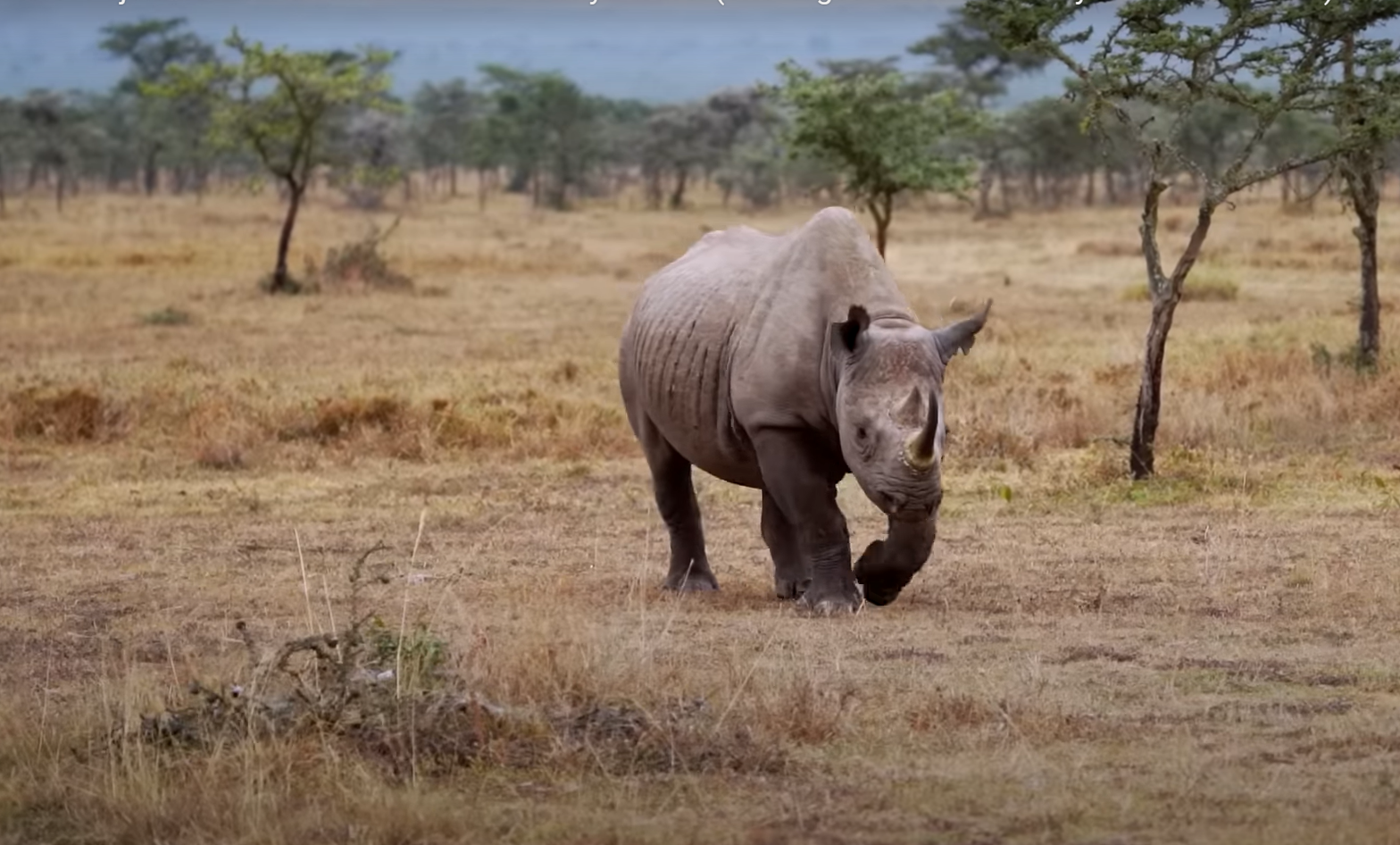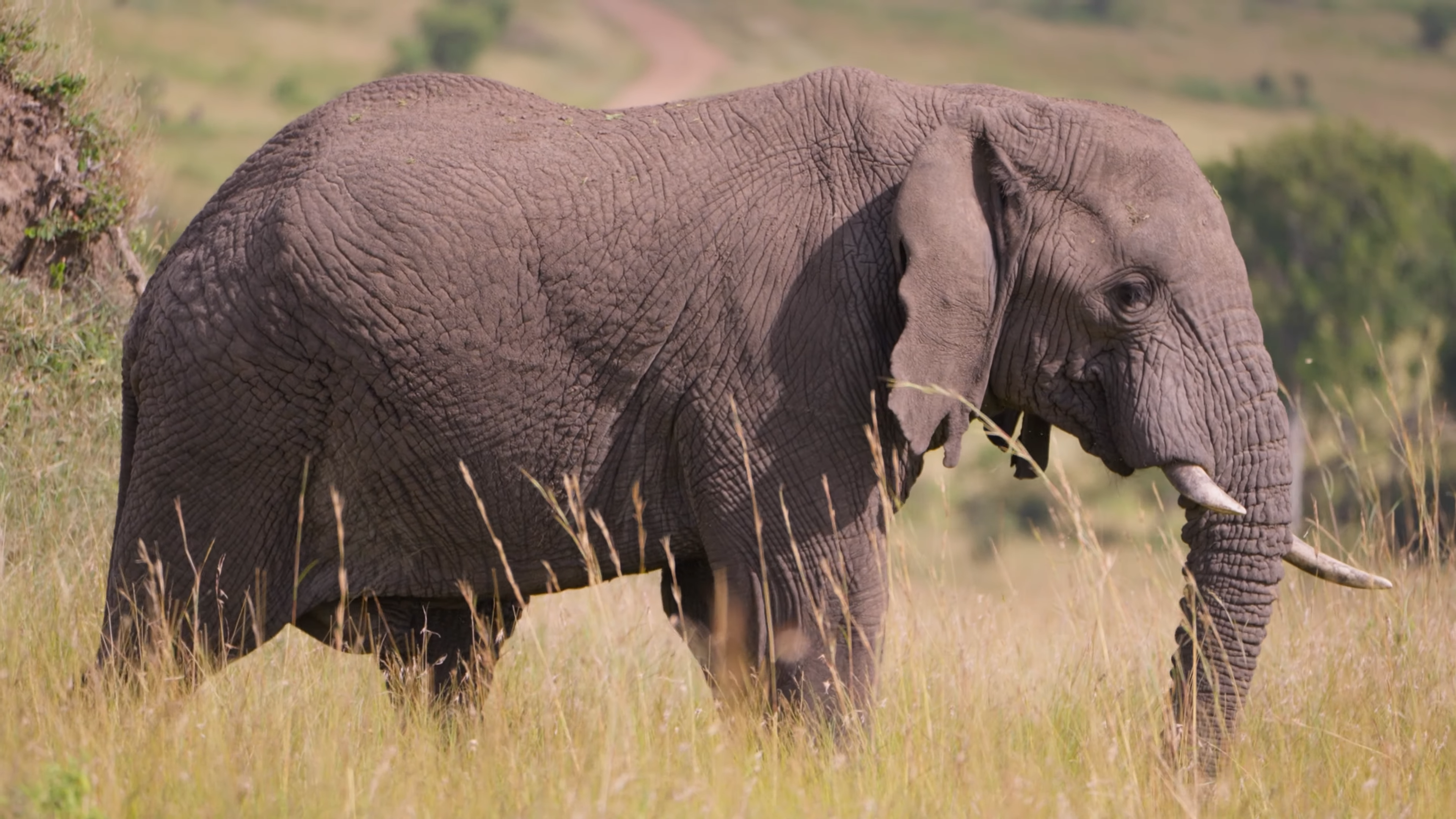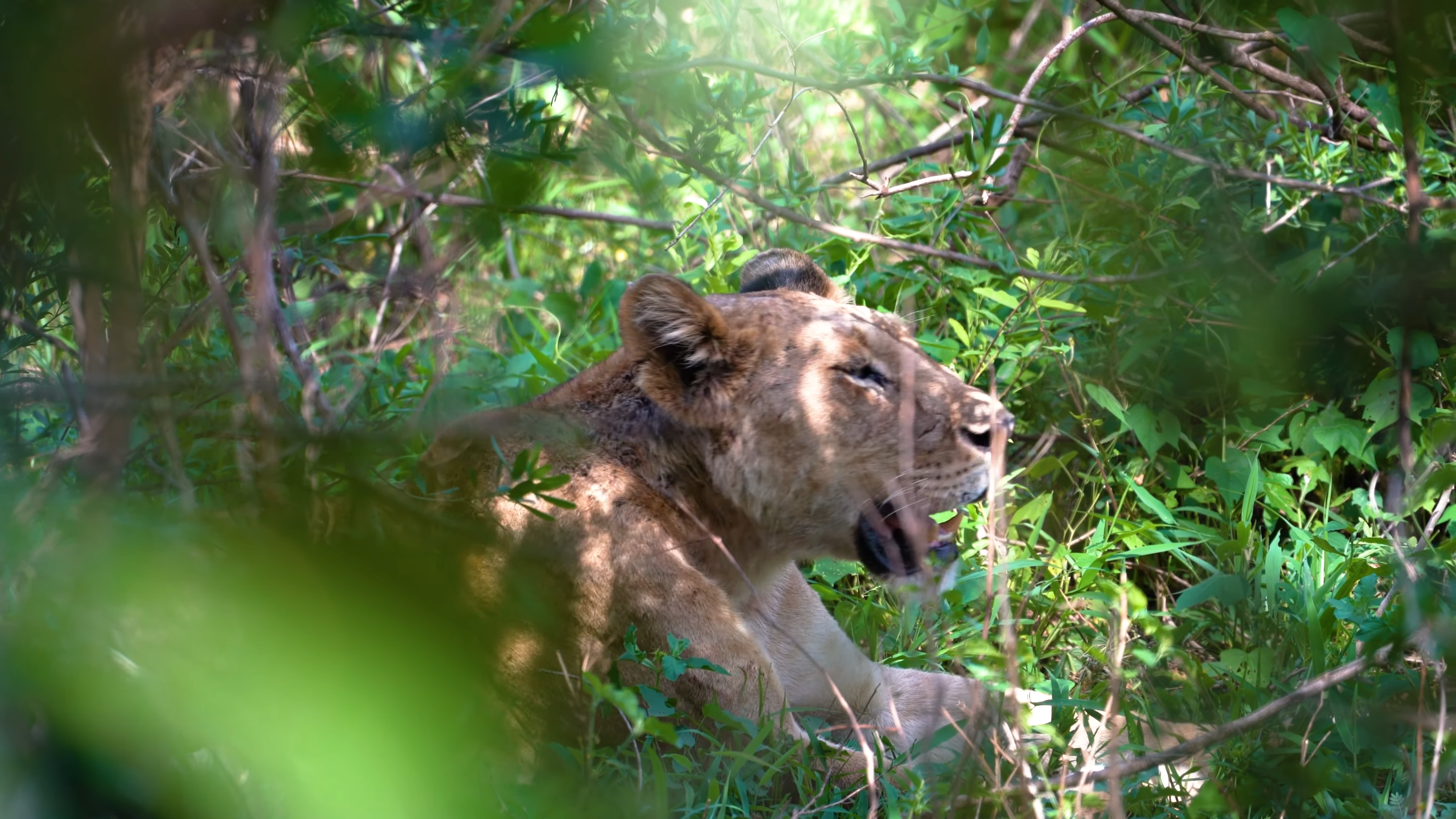Top African Big 5 Spots
Below are the top African Big 5 hosting countries. All tried trips are tested and entirely customized to match your getaway interests.

![]()


The African Big 5: Destinations, Parks & Reserves
Undoubtedly, the Big 5 represent Africa’s premier attractions, drawing eager tourists to embark on game-viewing expeditions at dawn and dusk. While debates may arise over the aesthetic appeal or ease of spotting certain species within this renowned group, witnessing these majestic creatures roaming freely in their natural habitats remains an unforgettable experience on most travellers’ safari agendas.
The name “Big 5” was first used by big game hunters in the 19th century. This was to refer to the African elephant, Cape buffalo, African lion, leopard, and rhinoceros, which are thought to be the most dangerous animals to hunt on foot in Africa. Thankfully, these iconic species are now safeguarded within national parks and private reserves, with the term synonymous with wildlife photography safaris. Today’s tourists play a pivotal role in directly contributing to conservation efforts to combat threats like poaching, wildlife trafficking, and habitat degradation.
For those seeking prime opportunities to encounter the African Big 5, certain destinations stand out:
- The Ngorongoro Crater in Tanzania boasts a dense population of around 30,000 animals thriving within its varied ecosystem, easily combinable with visits to the Serengeti and Tarangire. Although animals can move in and out of the crater, ascending the sheer caldera walls is difficult, so most species live inside. This area has a healthy population of black rhinos. These prudent species are rarely observed in East Africa, but the crater is one of the few areas where they may be easily located. The other four Big 5 members are also abundant, though leopard sightings are rare inside the crater than on the forested rim. The good news is that these secretive cats are rather abundant in the Seronera section of Serengeti National Park, which is the next destination after Ngorongoro on most northern Tanzania safari itineraries.
- The Madikwe Private Game Reserve in South Africa, once farmland now meticulously rehabilitated, offers sightings of all Big 5 species alongside luxury accommodations and coordinated guiding services. It pairs seamlessly with Sun City, Africa’s largest resort. The Madikwe Private Game Reserve in South Africa, once farmland now meticulously rehabilitated, offers sightings of all Big 5 species alongside luxury accommodations and coordinated guiding services. It pairs seamlessly with Sun City, Africa’s largest resort. Madikwe is often regarded as the best African safari option for anyone looking to see the majority of the Big 5 in a malaria-free region. Established in 1991, this park preserves 750 km2 (290 mi2) of semi-arid savannah in North West Province, approximately four to five hours’ drive from Johannesburg. It was quickly populated with 8,000 individual animals from 28 different species, including all of the Big Five. Today, you may expect to encounter lions, elephants, and white rhinos in Madikwe over the course of a few days, as well as buffalo and leopards.
- The Majete Wildlife Reserve is one of Africa’s current environmental success stories. Before the year 2003, the park was nearly entirely hunted out. Since then, African Parks has reintroduced approximately 5,000 individual creatures, including the whole Big 5. Elephants bred so effectively that a surplus of 200 were transported to the Nkhotakota Wildlife Reserve. Although sightings need some patience, Majete provides a sparkling encounter far away from the crowd. A ‘behind the scenes’ trip, which provides insight into what it takes to operate a Big 5 reserve, is suggested.
- Kruger National Park, a cornerstone of any safari itinerary, provides ample opportunities for both novice and seasoned travelers to Africa. Covering an expanse comparable to Israel or Belgium, Kruger offers a promising starting point for wildlife enthusiasts. The park is the size of a small nation, and the wildlife reflects the diverse areas it protects. Identifying all of the various antelope species in Kruger can be a fun challenge. Southern Kruger is home to lions, buffalo, and elephants, as well as one of the greatest areas to see white rhinos. You might even spot a leopard if you have enough time and chance. Be out and about at dawn and dusk to enhance your chances of encountering this shy cat, who is active at night.
- The Sabi Sand Game Reserve, sharing an open boundary with Kruger, distinguishes itself by allowing exclusive access to guests while permitting wildlife to roam freely. This enclave hosts some of Africa’s most opulent lodges, enhancing the safari experience. The Sabi Sand Game Reserve makes it much easier than ever to spot the elusive Big 5. This cluster of jointly maintained private reserves shares open borders with Kruger and is part of the same ecosystem, but the animals are more calm. Furthermore, unlike in Kruger, guided excursions in open cars are authorized to go off-road, allowing for excellent close-up views. The leopard is the actual star of Sabi Sands. This normally shy creature has never been so accustomed anywhere else. Most guests see leopards as they go about their regular lives: a male patrolling or hunting, a female nursing cubs, and sometimes a mating pair

Ol Pejeta Black Rhinos Kenya Safaris
- The Masai Mara is home to all of the Big 5 but is best recognized for big cats. You’ll be walking across lions and cheetahs, as they are extremely common, and leopards are regularly seen too. Black rhinos are also there, although you’re unlikely to see one unless you stay in the remote Mara Triangle in the extreme west. Lake Nakuru National Park, a famous stop on the way to the Masai Mara, is home to both black and white rhinos. The latter is frequently observed grazing in small family groups around the lake.
- The Okavango Delta is one of Africa’s most recognizable wildlife sites. The Delta is home to all of the Big 5, however, rhinos (both black and white) can be difficult to spot. Buffalo and elephants thrive in the wetlands, and you might also spot some large cats. A game drive is the most effective way to spot classic safari species, including all five of the Big 5. However, you should schedule a guided walk and explore the Delta’s canals by Mokoro (traditional dugout canoe). Gliding gently among waterlilies, evading the occasional hippo, and checking the shore for animals approaching to drink is an experience that will linger with you long after you leave.
- Murchison Falls National Park is worth visiting for both the magnificent beauty and the animals. The Victoria Nile River runs through its centre. A boat getaway to the base of the park’s namesake waterfall is a must-see. The river is home to hundreds of hippos and crocodiles, and in the afternoon, you may spot buffalo and elephants on the bank. Murchison Falls is not a complete Big 5 location because there are no rhinos, but many visitors stop by Ziwa Rhino Sanctuary on the way for an amazing rhino tracking experience.
- Phinda is one of South Africa’s leading private Big 5 wildlife reserves. You can choose from four gorgeous accommodations spread out over the reserve’s various habitats: Rock, Mountain, Forest, and Vlei (wetland) Lodge. The guiding is excellent, and you’ll easily see four of the Big 5 (lion, elephant, buffalo, and white rhino), as well as some Zululand specialities like the beautiful Nyala and the shy red duiker. Although there are lots of leopards around, you’d be lucky to spot one. As compensation, Phinda’s flagship species is the cheetah, and views of this sleek, large cat are often spectacular.
In essence, these destinations offer unparalleled chances to witness the Big 5 in their natural splendour, ensuring memorable encounters while supporting conservation efforts.
Better than the Serengeti?! Insane Tanzania Safari (Tarangire National Park)

